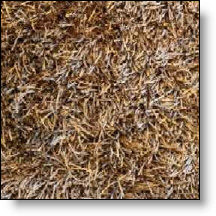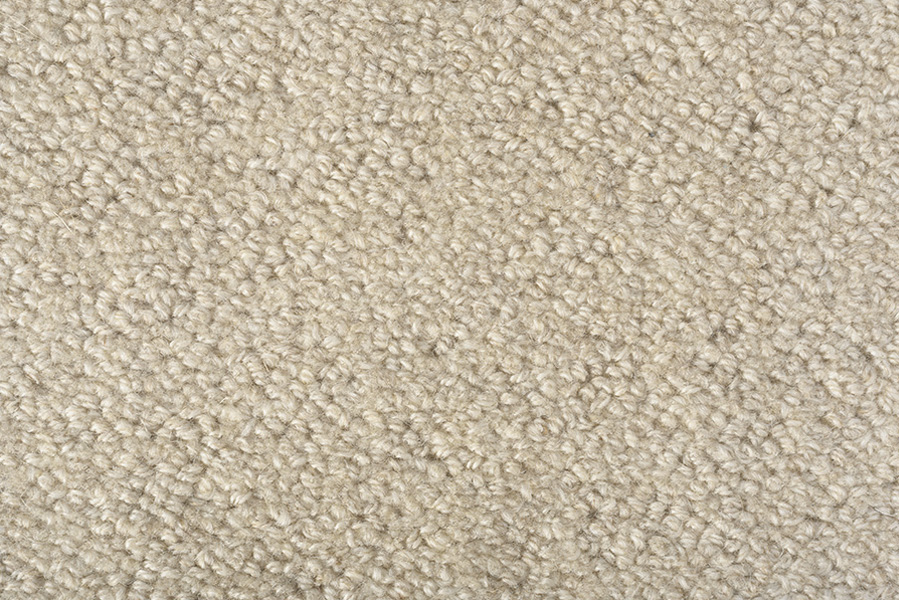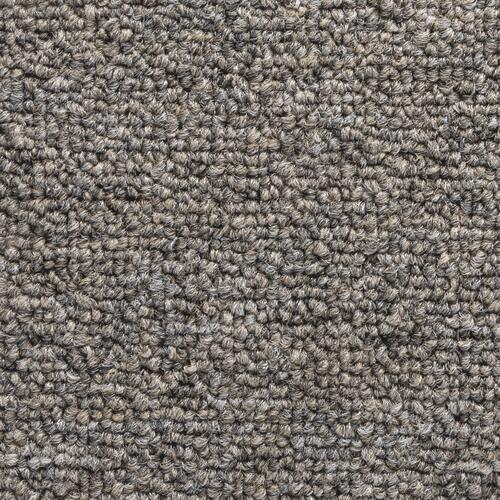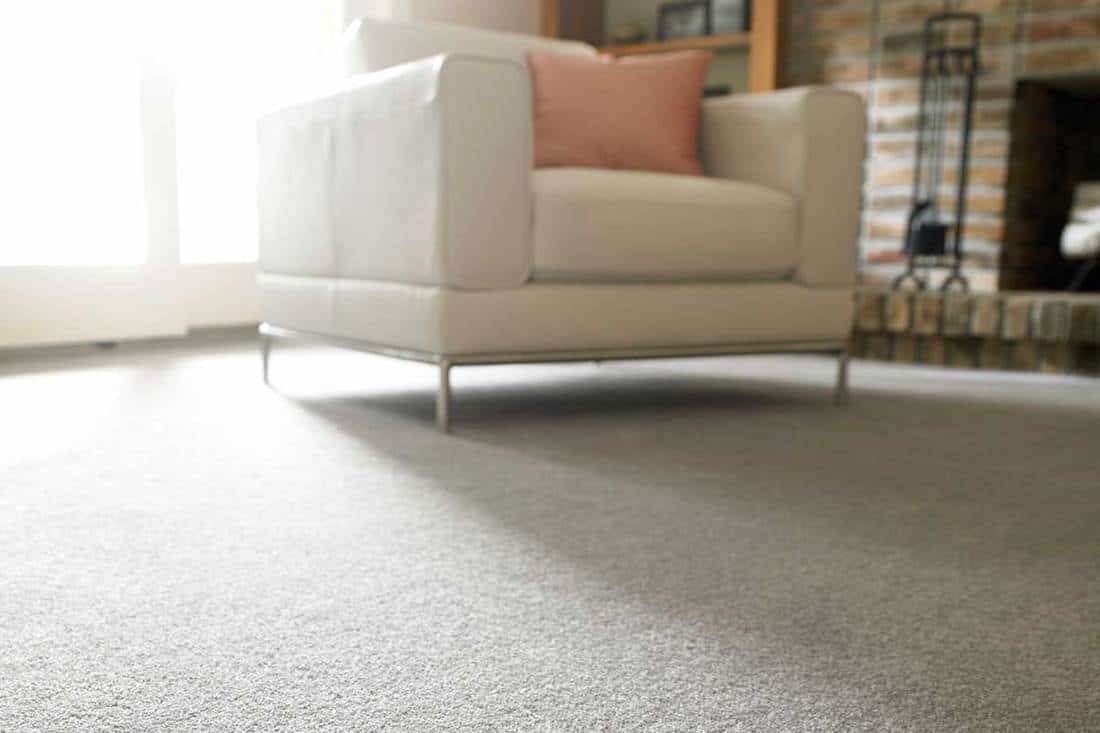
Carpet is nearly a given in any pacific northwest home. Selection is deceptively simple because after choosing a carpet pad, the final decision usually happens after briefly touching some samples to get a feel for softness and then deciding on the most inoffensive color in the set. This article takes a closer look at carpet- the terminology and fiber types, installation methods and cost.
First, lets look at the reasons carpet is so ubiquitous. Beyond aesthetics, carpet provides a variety of practical advantages as a soft floor covering:
-
- Insulation: Carpet offers both a physical and a psychological feeling of warmth as well as energy savings
-
- Sound absorption: As a soft finish it helps dampen noise to create a more peaceful and pleasant environment
-
- Light Moderation: Carpet fibers reduce glare and lighter colored carpet reflects high quantities of incident light waves to reduce the need for supplemental lighting in a space.
-
- Increased Safety: There are fewer falls and subsequently less injuries that happen in carpeted interiors.
-
- Joint Comfort: The cushioning and compression reduces muscle and joint fatigue
-
- Accessibility: A direct glue-down low/dense pile carpet is recommended for accessibility and wheelchair maneuverability.
-
- Camouflages imperfections and soiling: A flecked or patterned carpet is effective at hiding spills, traffic pattern wear, etc.
-
- Simple maintenance: With regular vacuuming, spot cleaning and deep cleaning when required a good quality carpet can last 20 years or more.
Carpet Terminology
Broadloom Carpeting: Soft floor coverings that are woven, knitted or tufted.
Gauge: the spacing of tufts across the width of a tufted or knitted carpet (fractions of an inch)
Modular carpet/ Carpet Tiles: Generally tufted in 12-27″ squares that make it much more easily replaceable for specific traffic pattern wear areas and damage.
Nap: A mechanical finish that results in a raised fiber surface- it usually has a direction referred to as “pile lay”
Pile: Upright tufts of yarn forming the surface of the carpet. The Cut Pile can refer to a range of textures and heights- long “shag to short, dense velvets.”
Pile Density: the weight of pile yarn per unit volume of carpet (ounces/Cubic yd)
Pile Weight: the average weight of the pile yarn in a carpet (ounces/Square yd)
Pitch: the cross-wise number of tuft forming pile yarns in a 27″ width of woven carpet
Types of Carpet Fibers

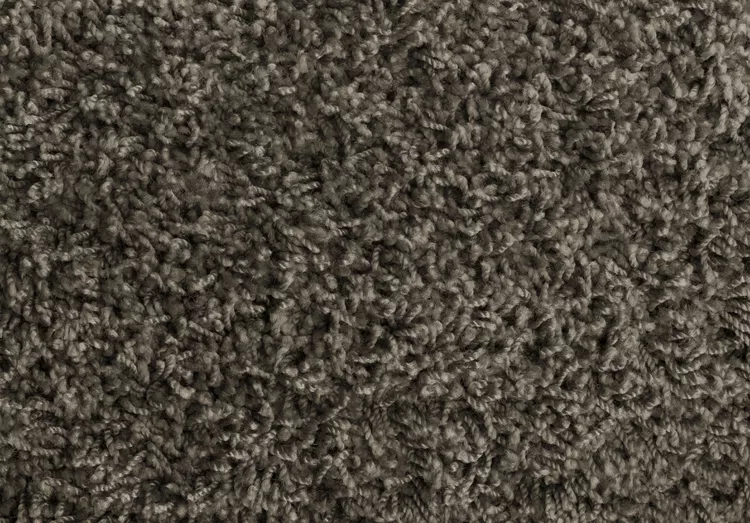
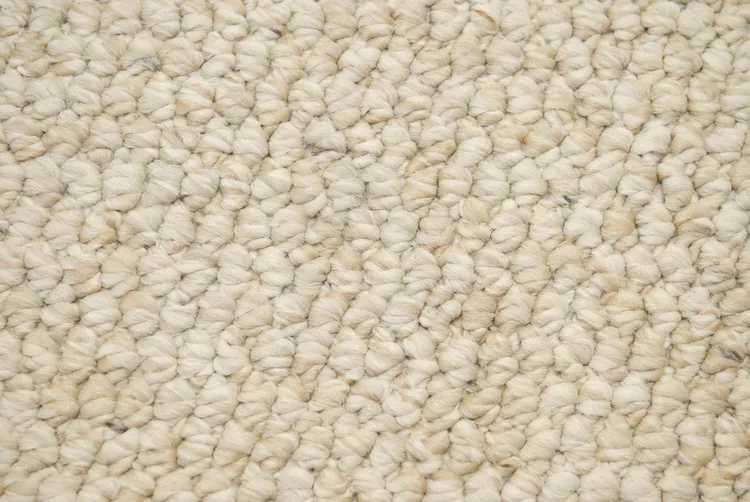
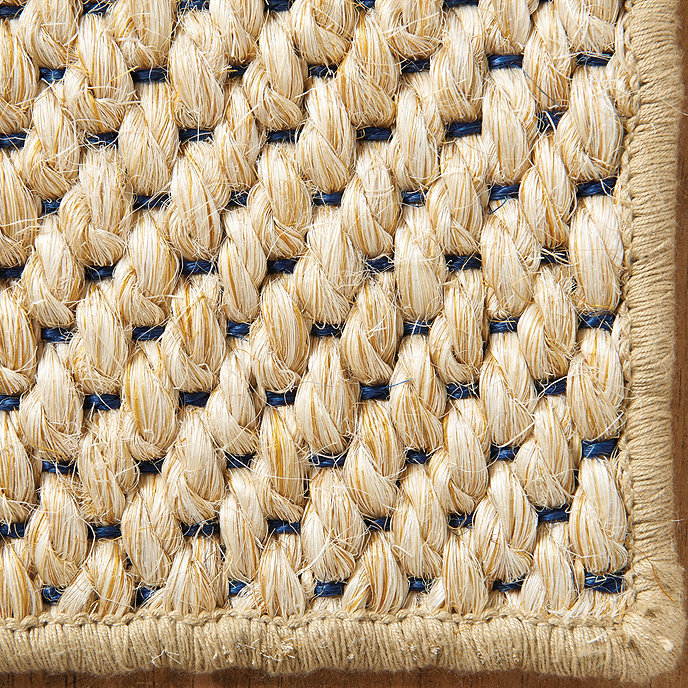
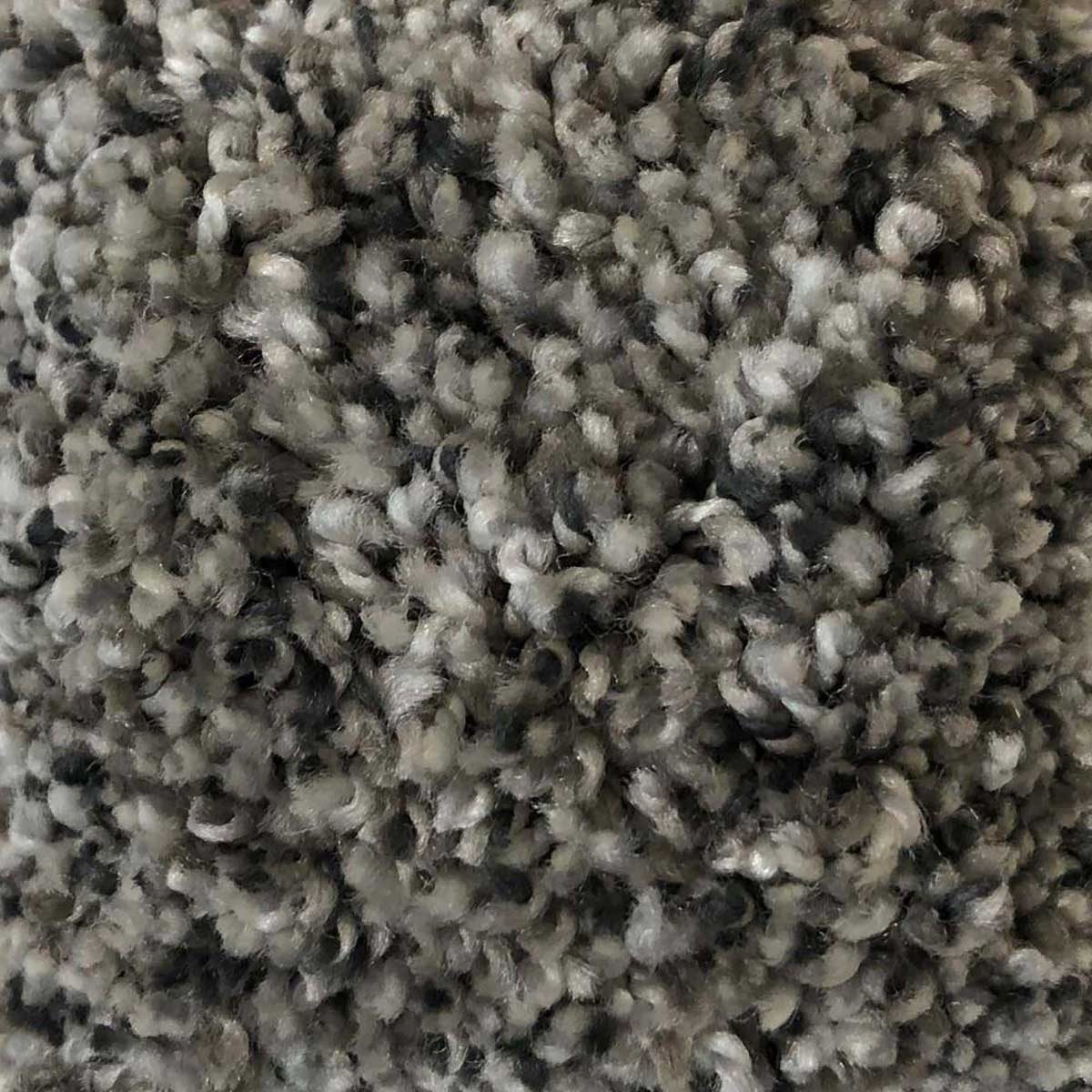
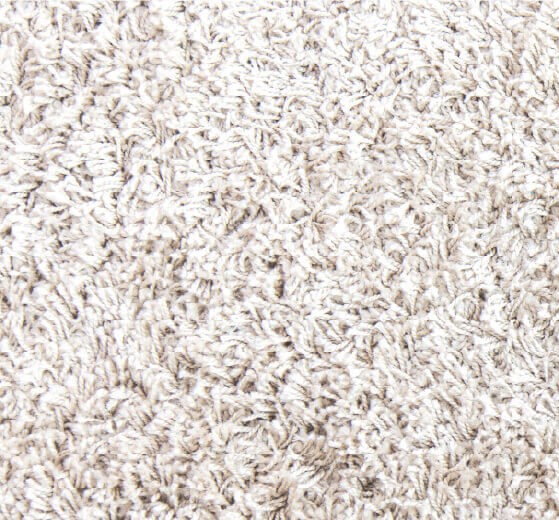
Acrylic
Soft and wool-like texture, light and somewhat weak fabric that crushes more easily than natural wool. Can be more susceptible to oil-borne stains and shedding in high-traffic areas.
Nylon
Nylon fibers are made from petroleum and resistant to wear, abrasion and soil. The fibers have good “yarn memory” which prevents crushing. Extruded nylon yarn has the feeling of wool and is much more favorably priced. Nylon is the most sustainable of the synthetic carpet fibers. In fact, Nylon type 6 (also referred to as “ecosolution Q”) is a cradle to cradle silver product that is continuously recyclable.
Olefin (Polypropylene)
Olefin is typically used in outdoor rugs and basement carpeting because it is affordable, strong, has good moisture resistance and is colorfast. It generally doesn’t wear as long or as acceptably as nylon but is good for most residential applications.
Sisal
Specifically a tough plant fiber from the West Indian Agave plant, but also refers generally to a style of carpet or rug made of natural fibers such as sisal, jute, hemp or sea grass. Natural Sisal water spots severely and has very poor cleanability.
PET polyester
Polyethylene terephthalate, or PET, is a durable form of polyester but it is important to check the product’s durability, lifespan/ future recyclability
Wool
As a natural fiber, wool offers excellent resilience and warmth due to a compact, smooth weave with little to no nap. It was considered the standard of excellence for carpet before manufactured fibers were created but continues to be one of the most expensive carpet types. It is important to note that some wool carpets have stain repellent applied, are constructed with toxic adhesives or bleached causing dioxin pollution before being dyed, so a natural fiber does not necessarily mean it is a more green choice than a synthetic fiber. It is also important to note that some people with sensitive skin can feel the microscopic scales on wool fibers that can cause irritation and rash.
Carpet Construction

-
- Tufted carpet is mechanically stitched pile yarn through a primary fabric backing and bonding the yarn with latex to a secondary backing
-
- Woven carpet is made by simultaneously interweaving the backing and pile yarns on a loom. Woven has a longer wearing and is more stable than tufted carpet, but it is more expensive to produce
-
- Knitted carpet is made by looping the backing, stitching and pile yarns with three sets of needles.
-
- Fusion-bonded carpet is made by heat-fusing face yarns to a vinyl backing supported by other materials
-
- Flocked carpet is made by propelling short strands of pile fiber electrostatically against tan adhesive-coated backing
-
- Needle-punched carpet fibers are punched back and forth through a woven polypropylene sheet with barbed needles to form a felted fiber mat

Carpet Pad
The vast majority of homeowners believe is that the more padding there is the better. However, if a carpet sinks under every step it will stretch and grind the carpet backing and fibers and cause the carpet to degrade more quickly. The density of the pad is more important than the depth. Density is the weight of the carpet divided by the thickness (pounds per cubic foot). Common densities are between 2 and 10 pounds, but in most cases a carpet pad that is between 6 and 8 pounds is ideal. It is also a good idea to check with the carpet manufacturer’s recommendations when selecting the density.
The most commonly used padding type is Rebonded Foam, made from 100% recycled foam scraps. It is moderately durable and is the best value pad. Another foam padding is Prime Foam padding. Prime foam is made from “virgin” polyurethane foam that is also typically used in furniture padding. Although it offers a very soft, comfortable step it is slightly less durable than Rebonded foam and it is more expensive.
Memory foam carpet padding is a relatively new foam option. It is made from frothed foam and claims to offer the softest and most comfortable step. It is the most expensive type of carpet pad on the market. However, as a relatively new option, the overall lifespan and long-term durability is hard to guarantee.
Lastly there are Fiber carpet pads. Fiber pads are the most affordable choice, and they are mostly used in commercial settings because fiber can stand up to high foot traffic without damaging the backing on low pile carpets. However, fiber pads do not offer much cushion and a natural fiber pad can be prone to mold.
Installation Methods
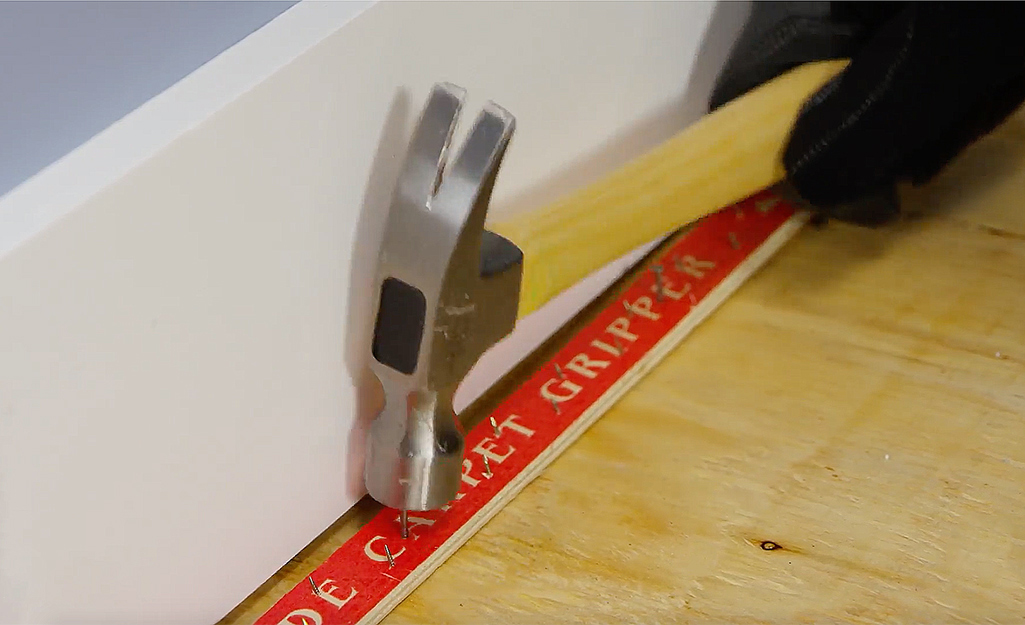
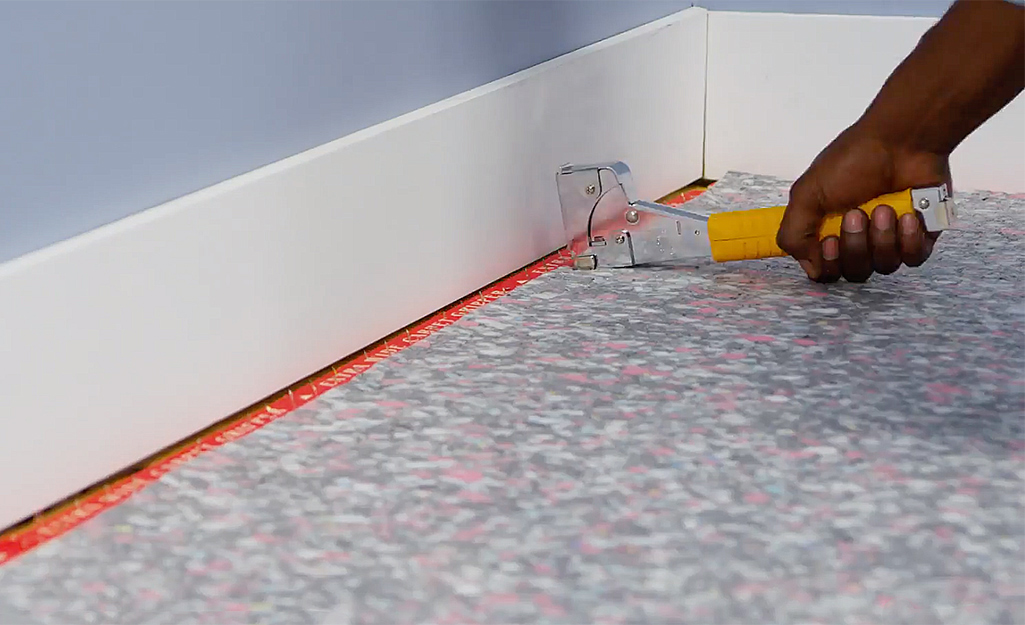
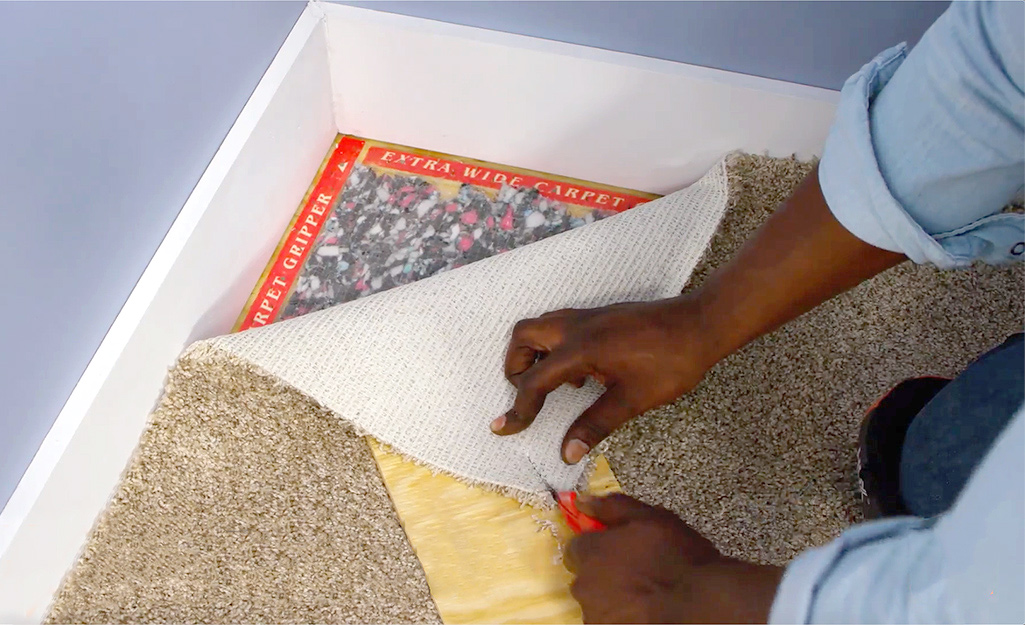
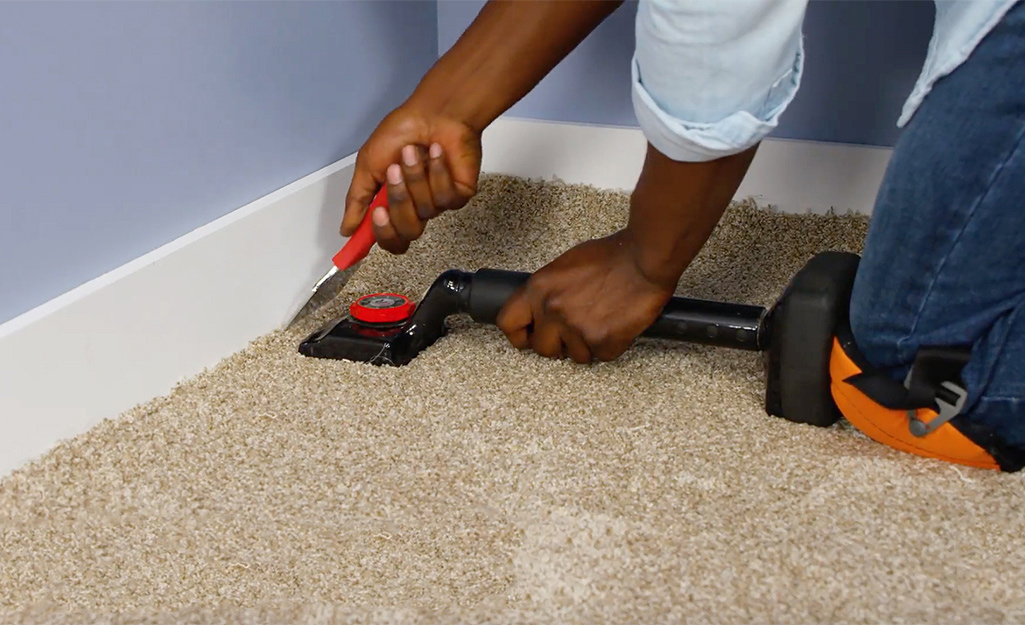
-
- Stretch-in (Tackless strip): This is the most common installation method (pictured above). A thin strip of plywood with tacks that face upward at a 60 degree angle are secured around the perimeter with nails or glue. The pad is set in place next and stapled/ nailed or glued down up to the edges of the strip. Lastly, the carpet is placed over the pad using a power stretcher to create a uniform stretch and steamed- it will stretch from 1-1.5% in length. The excess material is cut and the edges of the carpet are tucked under the baseboards.
-
- Direct Glue-down: This method involves securing the carpet with an adhesive, which decreases the chance of ripples and is best used where softness/ padding is not required- most often on a cement subfloor. it is the most cost efficient installation method.
-
- Free-Lay: This method is specifically used with carpet modules or tiles. A grid is planned and the perimeter tiles are set. Then specific crosswise and lengthwise rows are secured to minimize shifting. Lastly, the remaining squares are placed, held only by gravity.
Citations
Admin. “Carpet Padding Buying Guide: Types, Installation and Cost.” Flooring Clarity | Flooring Reviews, Cost Calculator & Guides, 25 May 2020, https://www.flooringclarity.com/carpet-padding-buying-guide/.
Nielson, Karla J. Interior Textiles: Fabrics, Applications, & Historical Styles, J. Wiley & Sons, Hoboken, 2007, pp. 239–264.
Shotwell, Jeff. “Pros and Cons of Synthetic Carpet vs. Wool Carpet.” Flooring Innovations, 4 Dec. 2017, https://flooring-innovations.com/pros-cons-synthetic-carpet-vs-wool-carpet/.
Simmons, Cheryl. “4 Types of Synthetic Carpets and How to Choose One.” The Spruce, The Spruce, 1 June 2022, https://www.thespruce.com/guide-to-synthetic-carpet-fibers-2908813.
“Types of Carpet Padding.” Satolli Carpet Floor Covering, https://www.satollicarpet.com/blog/articles/Types-Of-Carpet-Padding.

